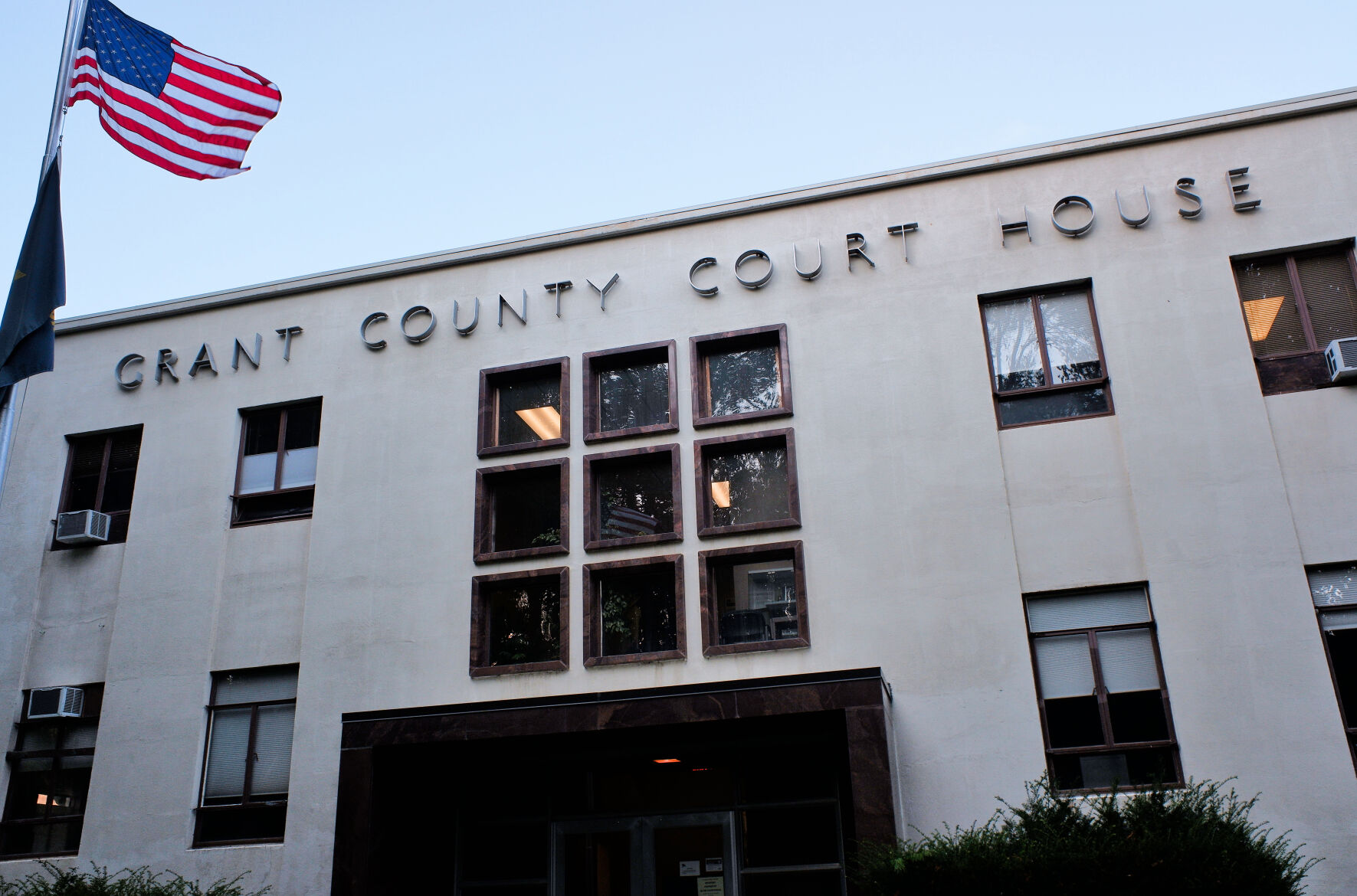New plan in works for Fossil Beds
Published 5:00 pm Tuesday, September 23, 2008
KIMBERLY – The John Day Fossil Beds National Monument seems a place that changes slowly – at a glacial pace, in fact.
But some relatively recent shifts in management needs and responsibilities have the National Park Service looking at making some changes. The agency recently released a new Draft General Management Plan and Environmental Assessment that seeks to address resource issues, visitor use, development and interpretation at the 14,000-acre preserve.
Three meetings are scheduled to take public comment on the draft:
? Tuesday, Oct. 14 – 6:30 to 9 p.m., Dayville Community Hall.
? Wednesday, Oct. 15 – 6:30 to 9 p.m., Wheeler County Family Services Building, Fossil.
? Thursday, Oct. 16 – 6:30 to 9 p.m., Malheur National Forest Supervisors Office, John Day.
The public can also review the plan and submit comments to James F. Hammett, Fossil Beds superintendent, or on the Internet. For a link to the National Park Service site, go to www.myeaglenews.com.
The plan says an updated management plan is needed because the last comprehensive planning effort was done in 1979 “and much has occurred since then.”
Among the changes: the aquisition of private land within the Clarno Unit bounds; construction of a new paleontology center; increasing visitation; new knowledge of the significance of the Monument’s resources; and the fact that the NPS staff is not coordinating paleontological research and curation on all federal lands in the John Day Basin.
“Each of these changes has major implications for the management of of the Monument,” the plans states.
The new plan is expected to guide management of the Monument for the next 15-20 years.
The plan offers three alternatives. The “no-action” Alternative A provides for continuation of current practices and goals, as set out in the 1979 plan.
Alternative B – the one preferred by the agency – would expand research and collection activity and also seek to increase visitor use with new trails and some facilities.
A third option, Alternative C, would further focus on visitor opportunities and include construction of new trails, restrooms, a visitor station in the Clarno Unit and other improvements. The Cant Ranch fields would be restored to native vegetation.
Under both B and C, the Park Service also would pursue a land exchange in the Cathedral Rock area to protect a key geologic feature and important riparian habitat on the John Day River.
Implementation of the plans still depends on future budgets. However, if fully funded, both the second and third alternatives could expand staffing and increase the operating budget at the Monument.









